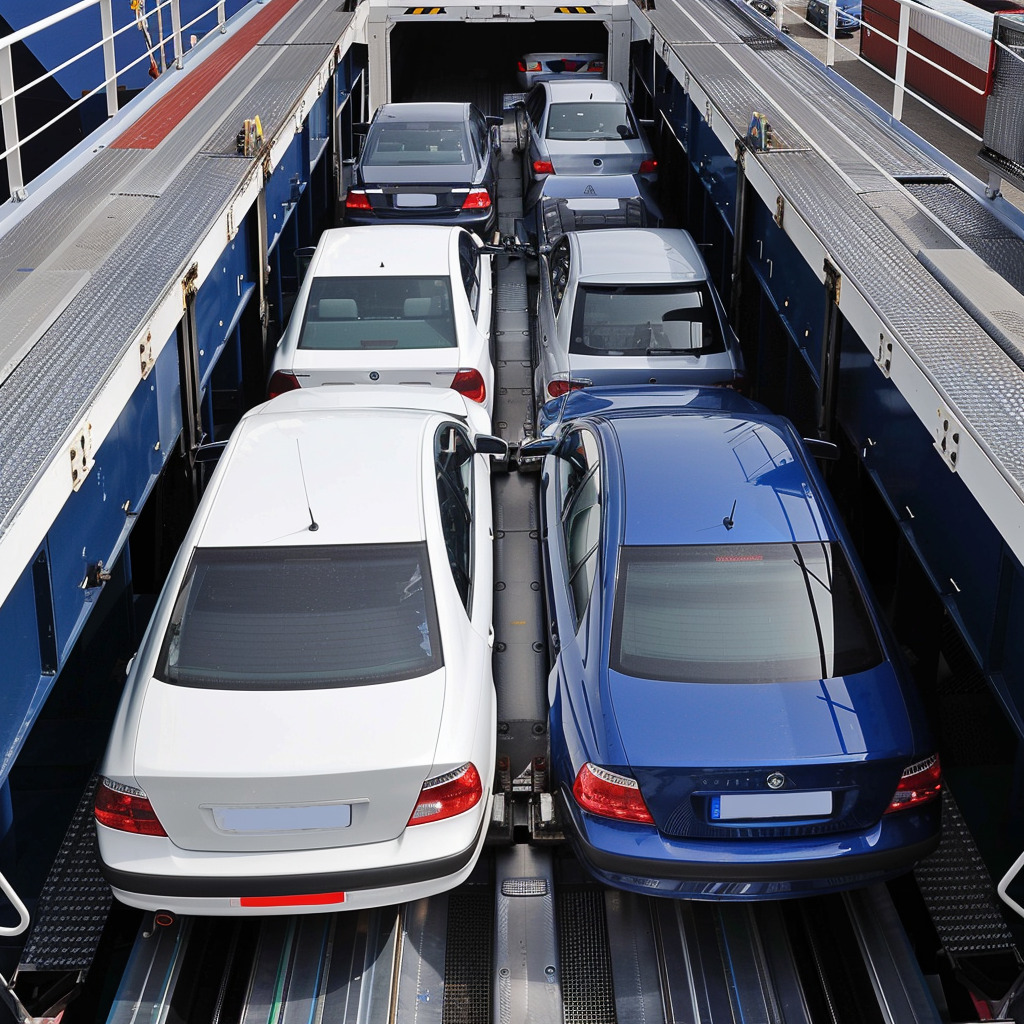Shipping a car can be a big undertaking for anyone. Even before the car is placed onto a trailer, there are things that must be done to ensure that the vehicle and those involved in the process are safe. Safety is paramount when shipping a vehicle; whether that’s the customer’s car or the transporter’s truck. This article will discuss some of the safety protocols required for an efficient and safe car shipping experience.
Before the delivery, there are three major safety considerations during the process of selecting a transport company and preparing the car for transport. The first step is making sure that the chosen car transport company has a good safety record and is properly certified and insured. Furthermore, they must be properly accredited and follow the rules and regulations of the Federal Motor Carrier Safety Administration (FMCSA).
The customer should cross-check the carrier’s safety rating and review complaints against the company. Also, if everything looks good on the company’s end, ask about their safety protocols for their drivers. Do the drivers have a commercial driver’s license (CDL)? Are the drivers adequately trained for the type of transport being provided? It is also important to make sure the transporter’s vehicles are inspected regularly and maintained properly.
The second step is ensuring the customer’s car is prepared for transport correctly and in a safe manner. This includes making sure the car is in good working condition, has enough fuel, tires are properly inflated and the emergency brake is working. All loose items should be removed from the vehicle and the belongings should be placed inside a sturdy, closed container. All fluid levels and battery should also be checked to make sure they meet the requirements for being shipped, generally at least one-half the manufacturer’s recommended level. The customer should also double check if the transporter requires additional safety items, such as blocking the wheels or putting wood braces around parts of the car.
The third step is documenting and taking photographs of the car before shipping. This includes documenting any exterior damage, scratches and dents, and taking pictures. This will help in case any damages occur during transport, and the customer can hold the moving company responsible for those damages. This documentation should be kept throughout the shipping process.
Once the car is prepared and documented, the customer can be guaranteed a smoother and safer experience. For a safe and secure loading process, the transporter should provide a trailer and ramp that allows for the car to be loaded a few inches above the ground or higher. The driver should also utilize straps or chains, and protective blankets in order to ensure the vehicle is secured. The transporter should also provide proof before and after the transport that will confirm the car is sitting on a flatbed or in an enclosed trailer, and adequately secured. The transporter should also provide evidence that overloaded cargo is not allowed and that there is a weight limit on the cargo.
The customer should also be informed about their arrival times, and that if they cannot receive the car at the location, they should notify the transporter. It is important that the driver follows the rules of the road; this includes, speed limits, wearing a seatbelt, no driver telephones while driving, and a no-smoking rule on the truck. During the transport, it is also important to secure all the communication between the customer and the transporter and to document all details about the transport. If something unexpected does occur while transporting, the customer and the transporter should be using a GPS system to track and document the car’s location and to be able to communicate promptly.
Once the car arrives at its destination, the customer should go over the condition of the car again to make sure is identical to the state it was in before the transport. The customer should also take notes of any damages that may have occurred during transport and take pictures in case the transporter needs to provide evidence.
In conclusion, car shipping can be a daunting process, but if done right, it can be safe and successful. It is important to research the car transport company, prepare your car prior to transport, and document the condition of your car before and after the transport. It is also important to have a GPS device or tracking system used to document the location of your vehicle in case something does go wrong. Following safety protocols is the key to a successful and safe car shipping experience.

